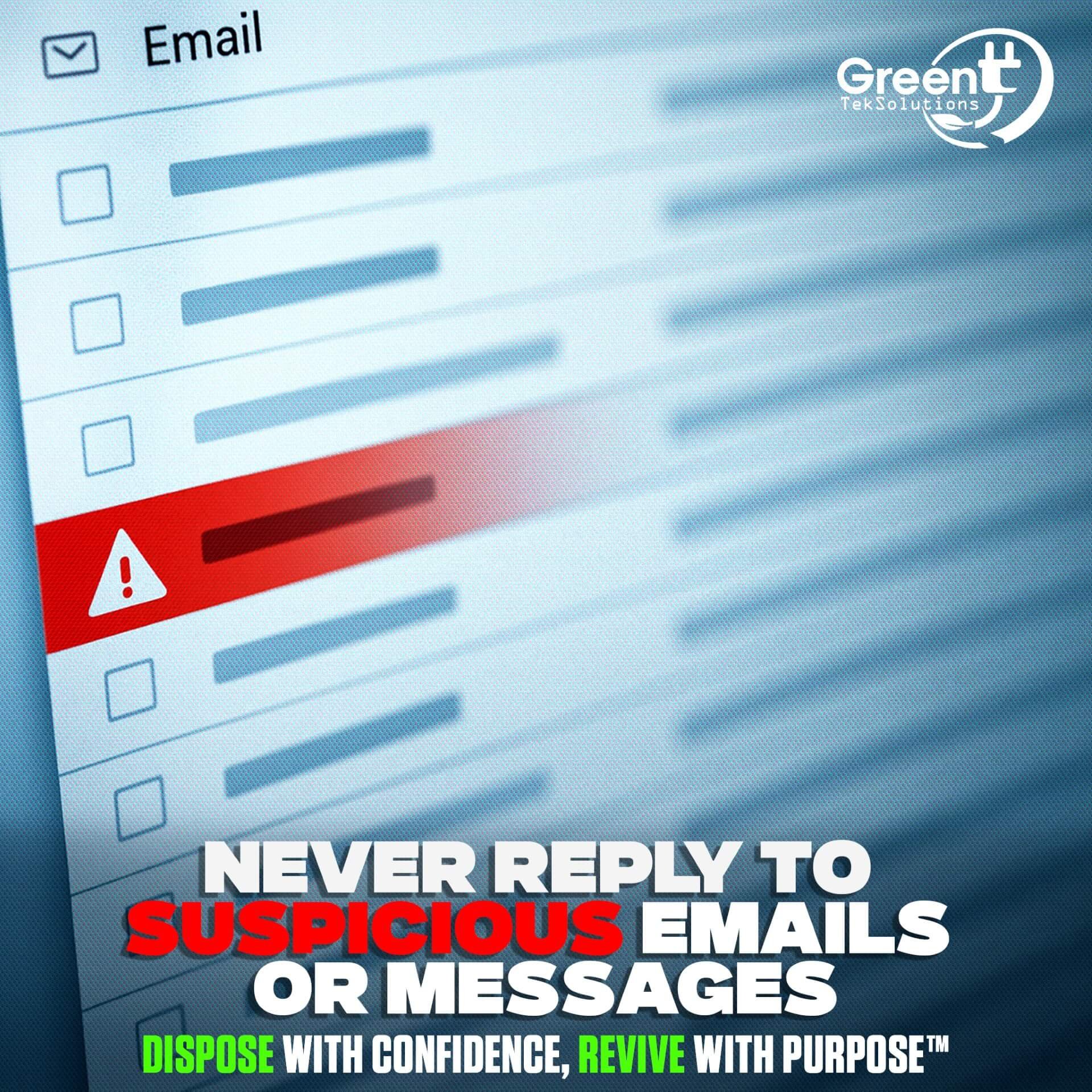In today’s connected world, there's a significant number of files stored on our phones, computers, and other electronics. Portable devices can be especially dangerous as they hold a significant part of our personal and professional lives.
Data security is more important than ever! From online banking to work accounts, our data holds the keys to our finances, identity, and reputation. Unfortunately, online scammers understand this, and they’re constantly looking for ways to trick us into handing it over.
Over the last few years, scam emails and messages have been spreading among smartphones and computers worldwide.
Ransomware Attacks? These notifications typically look like they come from DHL, FedEx or Amazon. They urge users to reply quickly. The main point is that we often doubt scam notifications because they typically look authentic.
Reasons to Avoid Responding to Scam Messages
It might seem harmless to reply and say, “I’m not interested” or “Stop contacting me.” But doing so can put you at serious risk. Here’s why:
- •Replying lets scammers know they’ve reached a real person. This can make you a bigger target for future scams.
- •Even a short reply might reveal details like your writing style, name, or other information that scammers can use to impersonate you later.
- •Many scams start with something small and harmless. Once a scammer knows you’re responsive, they might send more convincing messages, pretending to be a bank, a government agency, or even a coworker.
- •If a scam email asks you to click or open something, you could accidentally install malicious software designed to steal your sensitive data.
How to Spot a Scam Email or Message
Phishing attacks, viruses, and scams are unfortunately part of our day-to-day. Please stay alert to the warning signals and don't let hackers gain access to your personal or financial information.
- •Check the sender’s address – Scammers often use addresses that look official but have small changes, like extra letters or numbers.
- •Look for poor grammar and spelling – Professional companies rarely send error-filled messages.
- •Watch for urgent or threatening language – “Your account will be closed!” is a classic scare tactic.
- •Be suspicious of unexpected links or attachments – If you weren’t expecting it, don’t click it.
The Best Response: No Response
Even a single click on a link or sharing your contact information can lead to data breaches and other security incidents.
Prevention is key! As we've outlined, with the right online safety tips and security measures, you can protect your personal data. For businesses, it’s worth investing in cybersecurity awareness by training employees on how to recognize phishing attempts and having strict security protocols in place.

